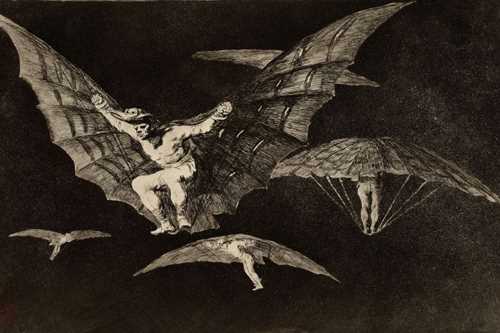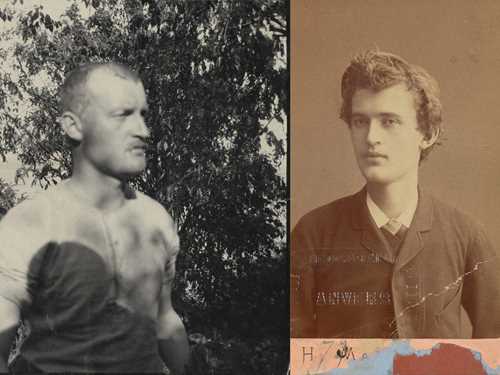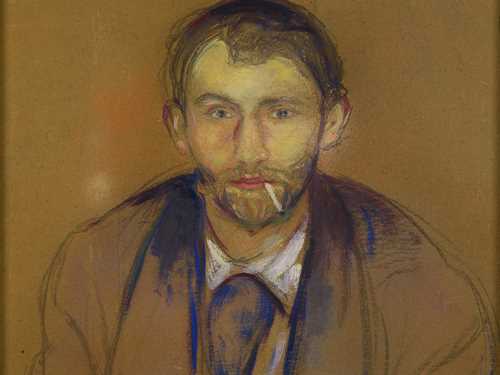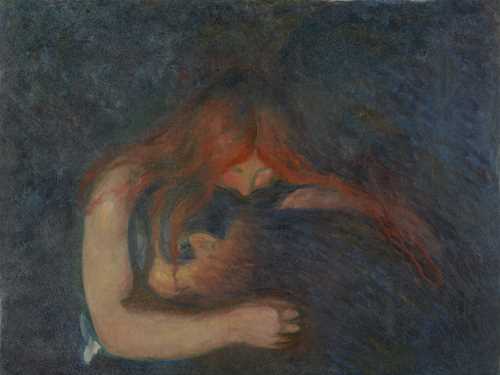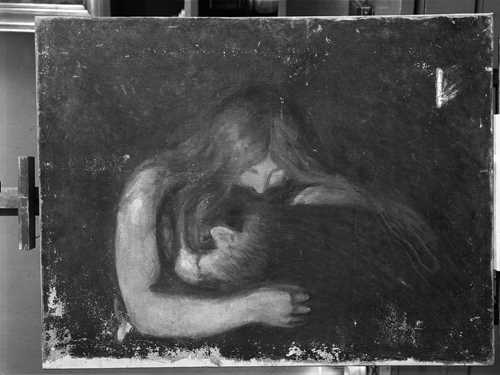Goya and Munch - Exhibition Highlights
Descend into the powerful, dark visions of two modern masters. Here are some of the highlights of this autumn's grand exhibition at MUNCH - Goya and Munch: Modern Prophecies.
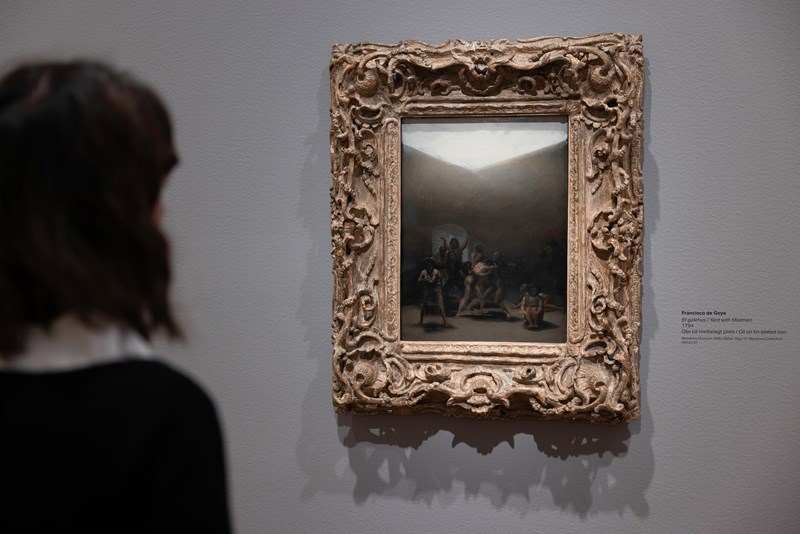
From the exhibition GOYA AND MUNCH: MODERN PROPHECIES (28.10.2023 – 11.02.2024) Photo © Munchmuseet
Goya and Munch: Modern Prophecies opens 28 October on the 3rd floor at MUNCH, an exhibition which earlier this autumn was highlighted among the 8 most interesting exhibitions in the world by The Times. For the first time, you can experience Francisco de Goya (1746–1828) and Edvard Munch (1863-1944) – two of history's most prominent artists – side by side in a large-scale exhibition.
New perspectives on Munch’s time
Francisco de Goya died 35 years before Edvard Munch was born. But it was Munch’s generation of artists who discovered the Spanish painter and were inspired by his bizarre genius. Learn how figures such as the poet Baudelaire and Munch’s friends, such as Stanisław Przybyszewski, and fellow artists in Paris and Berlin were fired up by the fantastical imagination of Goya. It is difficult to point to concrete proof that Munch was directly inspired by Goya, but here you can see that Goya was very much in the minds of many people who were around Munch.
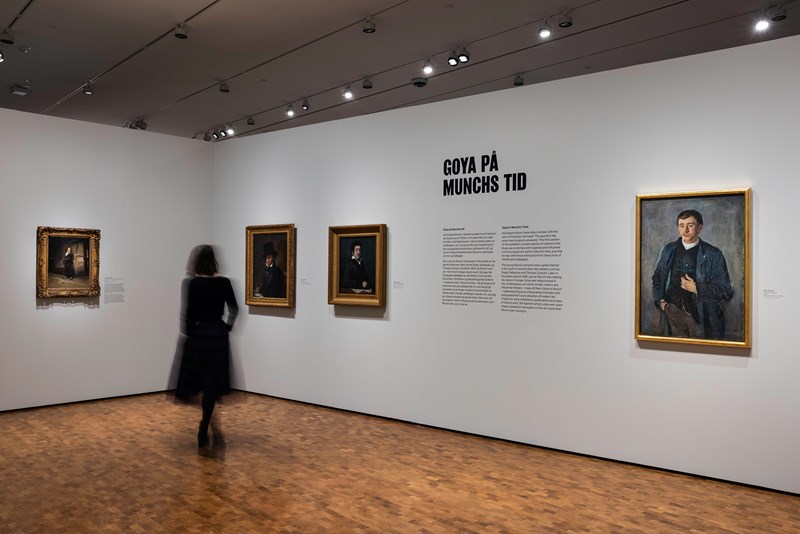
From the exhibition GOYA AND MUNCH: MODERN PROPHECIES (28.10.2023 – 11.02.2024) Photo © Munchmuseet
The horror! The horror!
Two highlights of the exhibition include complete versions of Goya’s celebrated print series, The Caprices (1799) and Disasters of War (c. 1810–15). These series, which are very rarely exhibited in their entirety, are where the artist channelled his private thoughts and fantasies, and there is nothing like them in the history of art.
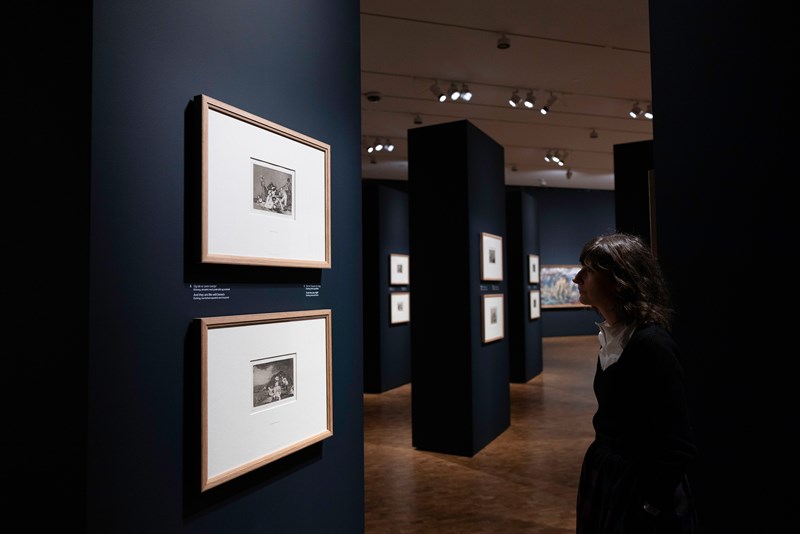
From the exhibition GOYA AND MUNCH: MODERN PROPHECIES (28.10.2023 – 11.02.2024) Photo © Munchmuseet
![From the print series "Disasters of War" by Francisco de Goya. Left: Not [in this case] either, ca. 1810-1813 (plate) / 1863 (print) (No. 36 Disasters of War). Etching, burnished aquatint, drypoint, burin and burnisher. Right: The Consequences, c.1814-15 (plate) / 1863 (print) (nr. 72 Disasters of War). Etching.](/globalassets/kunstverk/2023-utstillinger/goya--munch/goya-krigens-grusomheter.jpg?w=800)
From the print series "Disasters of War" by Francisco de Goya. Left: Not [in this case] either, ca. 1810-1813 (plate) / 1863 (print) (No. 36 Disasters of War). Etching, burnished aquatint, drypoint, burin and burnisher. Right: The Consequences, c.1814-15 (plate) / 1863 (print) (nr. 72 Disasters of War). Etching.
In The Caprices he satirized the hypocrisy, ignorance and immorality of Spanish society. Disasters of War pulls no punches in its depictions of savage brutality, torture and anarchy. The 80 prints are packed with imagery that is still horrific and disturbing today. You can also see a rare original bound proof copy of Disasters of War, signed and with picture captions in Goya’s own handwriting.
Rooms to think
British company Nissen Richards have created four different architectural spaces to display the art of Goya and Munch. View the 80 small prints of Goya’s Disasters of War up close on a field of black columns.
Enter the circular space containing works on the theme of faith and superstition, where you can contemplate Goya’s images of witches and giants, or Munch’s dreamlike visions of harpies and vampires.
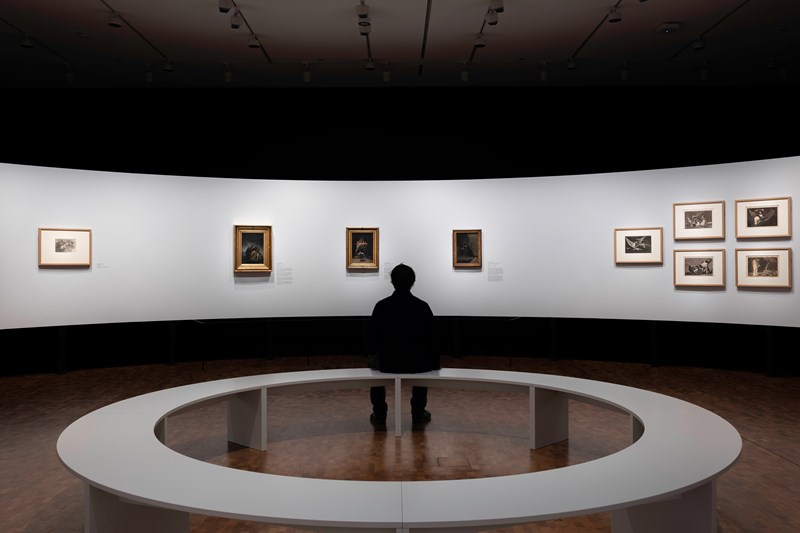
From the exhibition GOYA AND MUNCH: MODERN PROPHECIES (28.10.2023 – 11.02.2024) Photo © Munchmuseet
Atmospheric pressure
There is plenty of dark subject matter in the work of both Goya and Munch. In addition, many of Goya’s works are engravings where he experimented with subtle and extreme grades of shadow and light. As you move between the exhibition spaces you will also be confronted with narrow corridors and extremes of darkness and light. These combined with unsettling drones created by composer Carolyn Downing, prepare you to face the powerful imagery in each room.
New techniques for new times
In this exhibition you will see many examples of Goya’s etchings, including his pioneering aquatints. Aquatint was a new method in Goya’s time and involved spreading acid on areas of copper plate. This gave the printmaker a much richer palette of shades and tones to work with, much more than just the lines and rough shading of conventional etching. By using aquatint Goya could create stranger, ghostly atmospheres, abstract landscapes and powerful contrasts of light and dark. Like Goya, Munch taught himself to make prints and you can see several examples of his own etchings and drypoint in this exhibition.
For this exhibition Munch's famous painting Vampire is also back on the wall, which has recently undergone an extensive restoration process.
The exhibition is on display at MUNCH 28.10.2023 – 11.02.2024.
